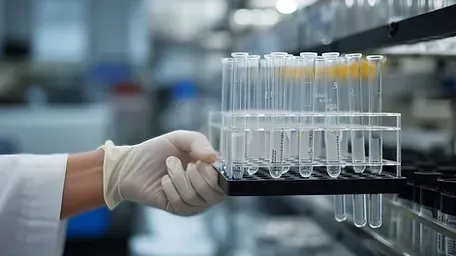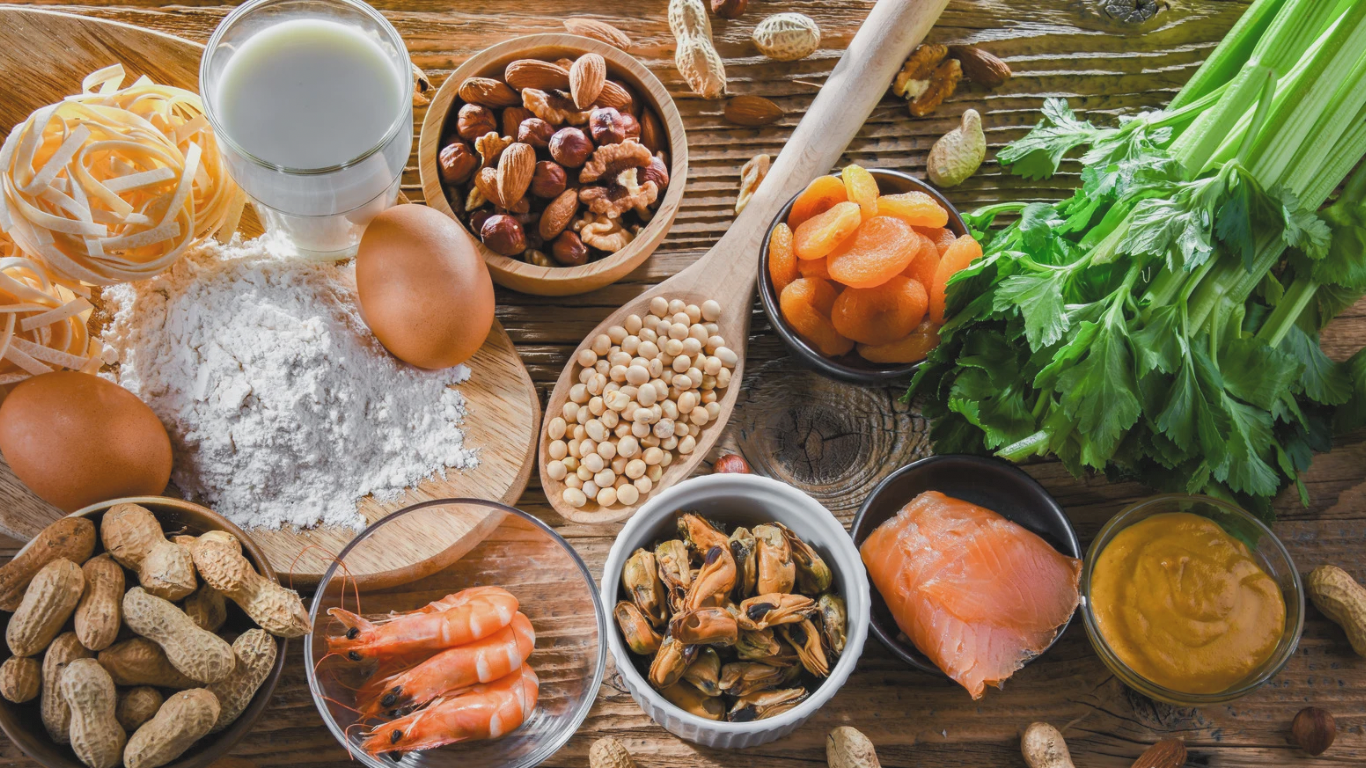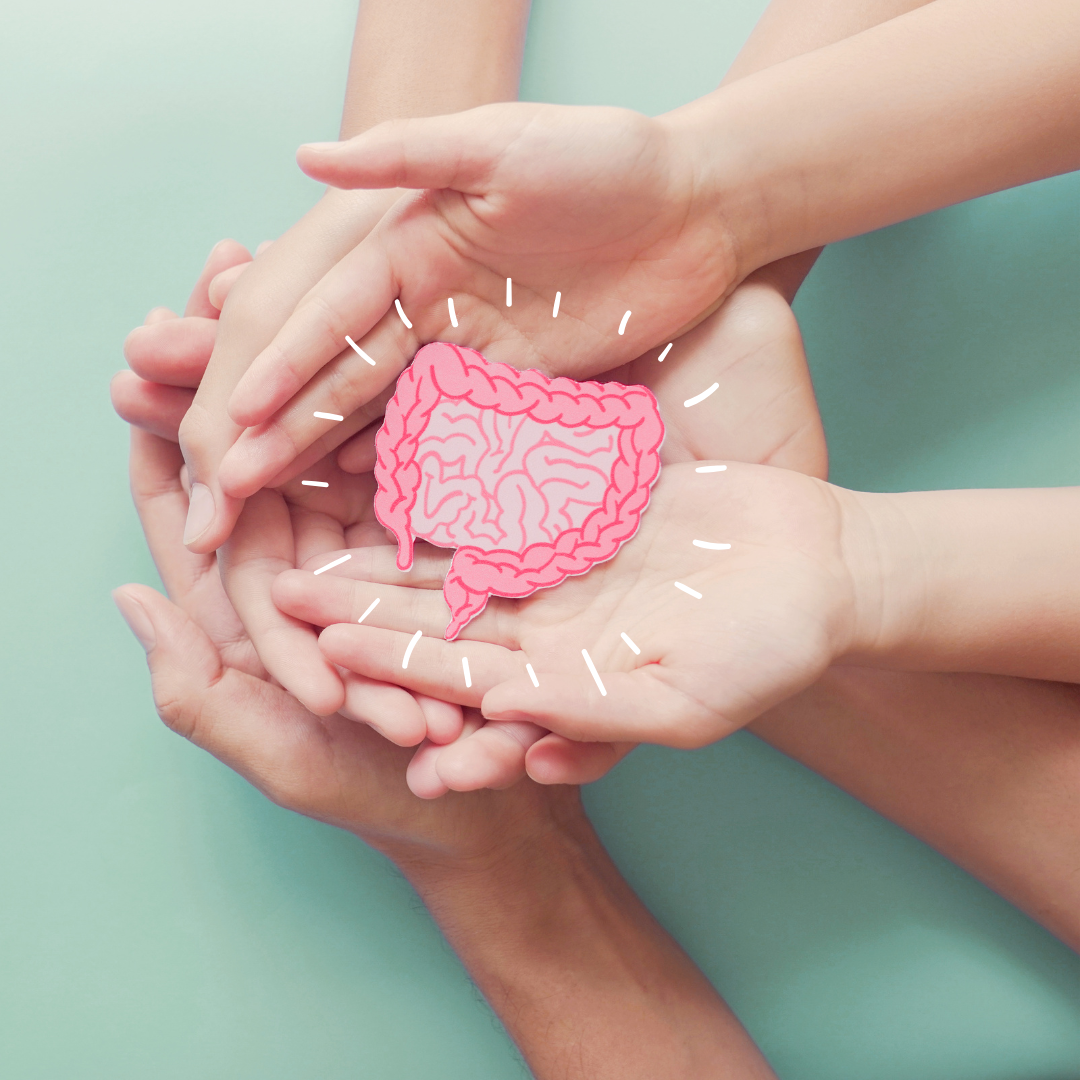Well, I have officially gone down the heavy metal rabbit hole as I have discovered that I probably have elevated cadmium and possibly lead levels (test results pending). And with school starting back, I'm knee deep in researching safe food and lunch gear for my kids as well.

If this sounds alarming or dramatic, I agree it does. And yes it is sad, overwhelming, frustrating to feel like there's yet again another roadblock to staying healthy. However, I think with the number of people I've observed in practice who have gotten better after addressing this potentially significant root cause, it's worth continuing to press forward and educate ourselves to do the best we can.
The truth is, heavy metals and environmental toxins can be a significant root cause to so many diseases and conditions of inflammation, including persistent gut infections.

The Impact of Heavy Metals and Environmental Toxins on Health
CADMIUM: What You Need to Know
Heavy metals like cadmium and lead are linked to several chronic conditions and can accumulate in the body over time, leading to potential health issues. Recent research highlights that heavy metals can be present in our food due to soil contamination or, more commonly, through manufacturing processes.
Cadmium is a heavy metal that can be found in various foods, particularly those grown in contaminated soil. It can accumulate in the kidneys and liver over time, potentially leading to kidney damage and bone loss.
Potential sources of cadmium include:
- Shellfish: Shellfish can absorb cadmium from polluted waters.
- Kidney Beans: These legumes can take up cadmium from contaminated soil.
- Leafy Greens: Vegetables like spinach and lettuce may accumulate cadmium from the soil.
Facts and Statistics:
- Cadmium in Food: Research published in Food Chemistry (2022) highlights that cadmium levels can vary significantly in different food items based on soil and processing conditions.
- Cadmium Exposure: A study by the World Health Organization (WHO) notes that cadmium exposure from dietary sources can be a significant health risk, particularly in regions with high levels of soil contamination.
LEAD: What You Need to Know
Lead exposure can have serious health implications, particularly for children. It can affect brain development, leading to cognitive and behavioral issues. Lead often enters the food chain through contaminated soil and water.
Potential sources of lead include:
- Root Vegetables: Root vegetables can absorb lead from the soil.
- Certain Spices: Spices grown in contaminated soil can have elevated lead levels.
Facts and Statistics:
- Lead Exposure: A study by the Centers for Disease Control and Prevention (CDC) notes that lead exposure remains a concern, especially in children living in older homes or consuming contaminated food and water.
- Cognitive and Behavioral Issues: Lead exposure, especially in children, can cause developmental delays, reduced IQ, and learning disabilities. It can impact attention, memory, and behavioral regulation.
GLYPHOSATE & OTHER PESTICIDES: A Quick Overview
Glyphosate, a commonly used herbicide, and other pesticides can also pose significant health risks. Studies show that glyphosate residues are prevalent in many food products, especially grain-derived snacks and cereals. Reducing exposure to glyphosate and pesticides may help mitigate chronic inflammatory conditions like ADHD, allergies, diabetes, obesity, and asthma.
Potential sources of Glyphosate & Pesticides include:
- Grain-Based Products: Glyphosate is commonly used in the production of grains such as oats, wheat, and barley.
- Non-Organic Fruits and Vegetables: Pesticides can be used on a wide range of fruits and vegetables, leading to potential residues.
- Processed Foods: Many processed foods contain ingredients derived from crops treated with glyphosate and other pesticides.
Facts and Statistics:
- Glyphosate in Food: According to a 2021 study by the Environmental Working Group (EWG), glyphosate residues were found in 80% of oat-based products tested.
- Pesticides in Umbilical Cord Blood: A 2019 study published in Environmental Health Perspectives found detectable pesticide residues in 87% of umbilical cord blood samples.
- Heavy Metals in Food: Research published in Food Chemistry (2022) highlights that heavy metals can be present in various food items, depending on soil and processing conditions.
Signs & Symptoms of Heavy Metal and Pesticide Toxicity
Both heavy metals and pesticides can cause a range of symptoms when they accumulate in the body. Recognizing these signs is crucial for early detection and management. Here’s an overview of common symptoms associated with exposure to these toxins:
Common Symptoms of Heavy Metal Toxicity Include:
- Joint and muscle pain
- Brain fog
- Metallic taste in mouth
Common Symptoms of Pesticide Exposure Include:
- Headaches and dizziness
- Nausea and gastrointestinal issues
- Skin irritations
- Respiratory symptoms
If you experience any of these symptoms and suspect exposure to heavy metals or pesticides, it’s important to seek medical advice for proper diagnosis and treatment.

PRACTICAL TIPS TO LESSEN TOXIN EXPOSURE
1. Consider Buying Organic
To minimize exposure to chemical residues, consider purchasing organic versions of the following foods:
- Cereal
- Granola Bars
- Pasta (including lentil and garbanzo pasta)
- Energy Bars
- Tea and Coffee
- Berries
- Peaches
- Leafy Greens
- Grapes
- Apples
- Peppers
2. Manage Heavy Metal Exposure in Your Diet
If heavy metal contamination is a concern, here are some food considerations:
- Salt: Jacobsen Salt Co has been tested and found to be within safe levels for lead and cadmium.
- Chocolate: I’m currently limiting my intake of pure dark chocolate, as I have yet to find a consistently clean source.
- Cassava: A common ingredient in paleo and autoimmune diets, cassava may contain cadmium and lead. I’m opting for arrowroot as a substitute for thickening sauces or soups.
3. Choose Safe School Lunchbox/Food Storage Gear
Certain lunchbox items can contain lead. Consider the following recommendations:
- Water Bottles and Thermoses: Opt for brands like Hydroflask and Life Factory.
- Utensils, Metal Lunchboxes, and Portion Cups: Lunchbot offers safe options.
- Glass Storage Containers: Brands such as OXO, Anchor Hocking, Pyrex, and Bormioli Rocco are reliable.
For additional safety, I recommend following
Lead Safe Mama for suggestions on lead-free items available on Amazon.
Moving Forward
I understand that this information can feel overwhelming, but remember that making gradual changes can have a significant impact on long-term health. Start by replacing items slowly and doing your best to minimize exposure! Your efforts in reducing toxins and choosing safer products contribute to a healthier environment for you and your family.
Suspect you may be experiencing symptoms of toxin exposure? Our 1-on-1 package includes heavy metal testing. Schedule an appointment below or send us an email at info@carolinafunctionalnutrition.com for more information.




Recent Blog Posts
Share this post!
About the Author
Rhya Pachin is a licensed dietitian nutritionist who employs an "integrative" approach to support overall health rather than addressing just one symptom. As a certified LEAP therapist, she designs and supervises custom elimination diets. Her focus areas include gastrointestinal conditions like IBS and IBD, autoimmune diseases such as rheumatoid arthritis and Hashimoto's, persistent weight issues, food sensitivities, and chronic inflammatory conditions in both adults and children.




